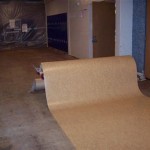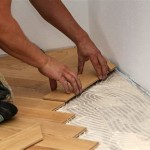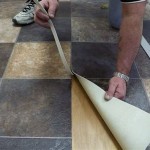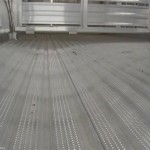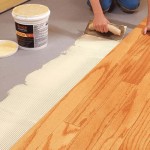Installing Floating Engineered Hardwood Floors On Concrete Slab: Essential Aspects
Installing floating engineered hardwood floors on a concrete slab is an excellent way to achieve a beautiful and durable flooring solution. However, there are certain key aspects that must be considered to ensure a successful installation.
Moisture Control: Concrete slabs are inherently porous and can release moisture into the flooring. To prevent moisture damage, a vapor barrier must be installed between the concrete and the flooring. This barrier will protect the flooring from moisture penetration and prevent warping or buckling.
Flatness and Levelness: The concrete slab must be perfectly flat and level to ensure the stability and longevity of the flooring. Any unevenness or imperfections in the slab can cause the flooring to shift or buckle over time. It is crucial to level the slab using a self-leveling compound or other appropriate methods before installing the flooring.
Acclimation: Before installing the flooring, it is essential to acclimate it to the room's temperature and humidity conditions for several days. This will help prevent the flooring from expanding or contracting after installation, which can lead to gaps or buckling.
Underlayment: An underlayment is highly recommended to provide additional cushioning and sound insulation. It also helps absorb any minor imperfections in the concrete slab and provides a more stable base for the flooring.
Floating Installation: Floating engineered hardwood floors are not attached to the concrete slab but rather "float" on top of it. The planks are connected by a locking system that allows them to be snapped together without nails or glue. This floating installation method allows the flooring to expand and contract naturally with temperature and humidity changes without causing damage.
Expansion Gaps: Expansion gaps around the perimeter and between fixed objects such as walls or columns are essential to accommodate the natural movement of the flooring. These gaps will prevent the flooring from buckling or warping due to expansion.
Transition Moldings: Transition moldings will be required to connect the engineered hardwood flooring to other flooring types in different areas of the home or to accommodate changes in flooring height. These moldings will ensure a smooth and seamless transition between different flooring surfaces.
By following these essential aspects, you can ensure a successful installation of floating engineered hardwood floors on a concrete slab. This durable and beautiful flooring option will enhance the aesthetic appeal of your home for years to come.

Installing Engineered Hardwood On Concrete Villagio Guide

Floating Engineered Hardwood

How To Install A Hardwood Floating Floor

Floating A Wood Floor Hardwood Floors

How To Install An Engineered Hardwood Floating Floor With Finishing Tips

Diy A Complete Guide To Installing Wooden Flooring On Concrete

Installing Engineered Hardwood On Concrete Faqs Checklist

Fitting Hardwood Floor To Concrete Wood And Beyond Blog

How To Install Lock Engineered Hardwood Flooring

Beginner Hardwood Flooring Installation Easy Floating Floor Method Builds By Maz
Related Posts


